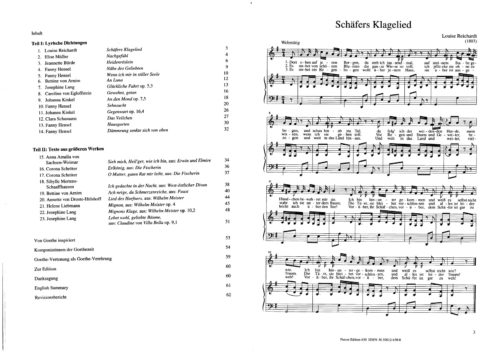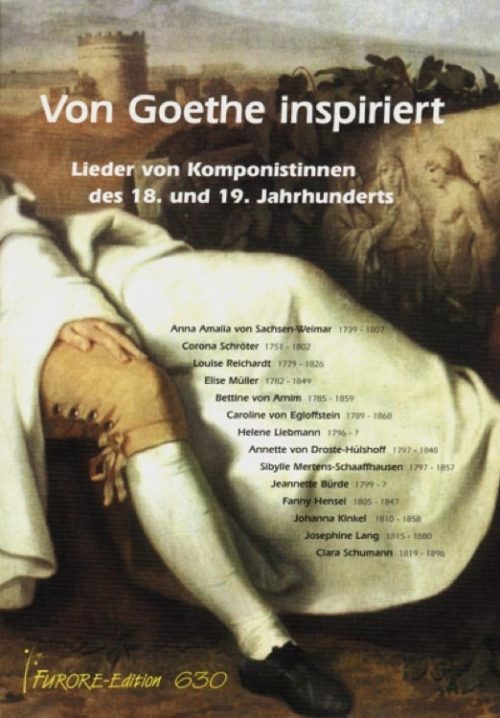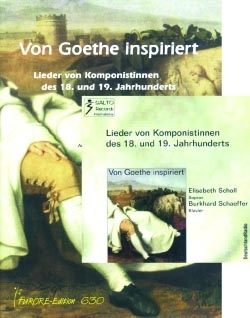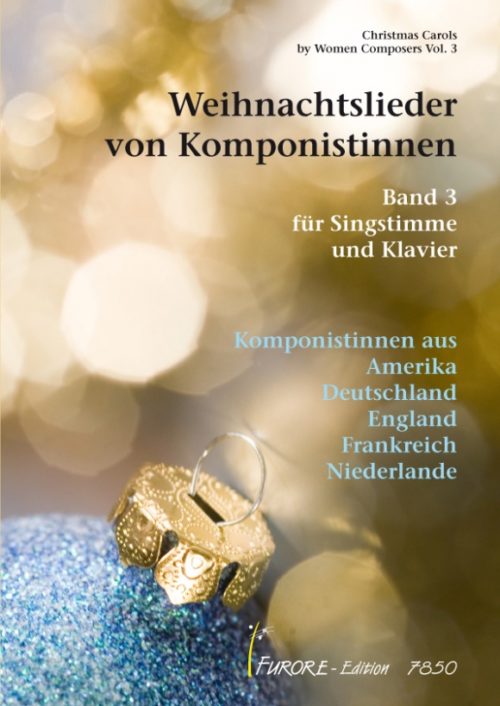Sibylle Mertens-Schaaffhausen was the first-born child of the banker Johann Abraham Anton Schaaffhausen. She goes down in the annals of history as the ‘Rhine Countess’. Undoubtedly the name stands for her exemplary noblesse and culture as well as for her social commitment which she demonstrates, for instance, during the cholera epidemic in Genoa in 1835. As a token of thanks King Carlo Alberto had a coin minted bearing her name. Sibylle Mertens-Schaaffhausen as she is called after her marriage to Louis Mertens, successor to her father in the bank, gives lavish parties attended by everyone of standing and reputation. In her ‘jewel and darling’ the term of endearment she uses to describe the estate she receives above all her bosom friend, the Westphalian poetess Annette von Droste-Huelshoff known for her novella ‘Die Judenbuche’. This profound, even unsettling story, reveals something of the writer’s gift of second sight – a gift she has in common with the ‘Rhine Countess’ who is also able to foresee future events.
Heinrich Heine who was a student in Bonn at that time later made fun of Sibylle in his ‘Memoiren’ when he alludes to her predilection for the Carneval and the Rhine dialect: ‘Cologne is the Tuscany of a classically bad German pronunciation and Koebes, that is Jacob, conspires with Marizzebill, that is Maria Sibylle, in a dialect sounding like and almost smelling of rotten eggs’. The news had presumably travelled from Weimar to Plittersdorf namely via Sibylle’s friend Ottilie von Goethe that the pert student with the green satchel had made a fool of her father-in-law Johann Wolfgang. Hence, the doors to the house of ‘Marizibill’, the name she had given herself in the Carneval newspaper of 1823 are closed to Heine. Arthur Schopenhauer, ‘This world negator on account of his positive attitude to life’ (Egon Friedell characterised him thus in his ‘History of Modern Civilization’) even went as far as bringing an action against her over a gift made by Sibylle to his sister Adele. Adele Schopenhauer and her mother Joanna Schopenhauer both writers were, along with Annette von Droste-Huelshoff, regular guests in the ‘Auerhof’ and in the ‘Zehnthhof’ in Unkel on the other side of the Rhine which also belonged to the Mertens.
They were finally joined by kindred souls in the persons of Anne Jameson from England and Wilhelm Wach’s sister Henriette Paalzow thus closing this circle of spiritual kinship.The period of Metternich now also draws to a close. When Adele Schopenhauer dies in 1849 and Sibylle loses her inheritance to her stepbrothers and sisters there is nobody here to keep her anymore and she leaves for Rome where she died on October, 22 1857. It is here that she also lies buried; her grave is located in the so-called Cemetery of the Germans.
See also Von Goethe inspiriert gleichnamiger Notenband und CD auf CD: siehe CD
-


fue 6300
Inspired by Goethe. Songs by women composers of the 18.th and 19.th Centuries
Anna Amalia, Herzogin von Sachsen-Weimar Annette von Droste-Hülshoff Bettine von Arnim Caroline von Egloffstein Corona Schröter Elise Müller Fanny Hensel, geb. Mendelssohn Helene Liebmann Jeanette Bürde, geb. Milder Johanna Kinkel, gesch. Mathieux, geb. Mockel Josephine Lang Louise Reichhardt Sibylle Mertens-Schaafhausen
-

fue 9997
Music book + CD: Inspired by Goethe. Songs by women composers of the 18.th and 19.th Centuries
Anna Amalia, Herzogin von Sachsen-Weimar Annette von Droste-Hülshoff Bettine von Arnim Caroline von Egloffstein Corona Schröter Elise Müller Fanny Hensel, geb. Mendelssohn Helene Liebmann Jeanette Bürde, geb. Milder Johanna Kinkel, gesch. Mathieux, geb. Mockel Josephine Lang Louise Reichhardt Sibylle Mertens-Schaafhausen


